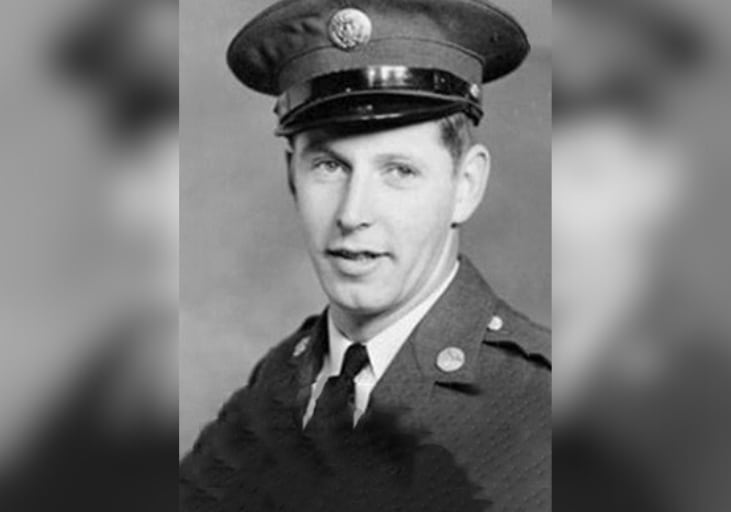Marines with a new Bulgaria-based unit designed to deter Russian aggression will soon be equipped with some serious firepower that arrived in Europe this weekend.
The Marine Corps shipped four Abrams main battle tanks, three howitzer artillery cannons and six light armored reconnaissance vehicles to the Combined Arms Company on Sunday, said Capt. Richard Ulsh, a spokesman for Marine Corps Forces Europe.
The vehicles and weapons were first transported to Bremerhaven, Germany, from North Carolina. The heavy equipment was then loaded onto trains and sent about 1,100 miles to the Novo Selo Training Area in Bulgaria, where about 160 Marines are deployed on six-month rotations.
The new rotation, which was announced in June as part of the European Reassurance Initiative, is the first of three Marine rotations that will move through Bulgaria. The initiative is meant to soothe NATO allies concerned with Russian military aggression following the forceful 2014 annexation of Crimea.
Russia has also sometimes employed aggressive Cold War-era style tactics against the U.S. and its NATO allies' planes and ships. In addition, Russian military jets were recently tracked flying as close as 40 miles from the U.S. border — something that hasn't happened since the end of the Cold War.
Marines from five East Coast units were the first to deploy with the new Combined Arms Company in July. It includes members of 2nd Tank Battalion; 2nd Light Armored Reconnaissance Battalion; 2nd Combat Engineer Battalion; Combat Logistics Battalion 6; and 1st Battalion, 10th Marines. They are led by Capt. Dan Whitt, Ulsh said, and fall under the Romania-based Black Sea Rotational Force.
While deployed, Ulsh said the Marines will train alongside Romanian and Bulgarian troops. There are also plans in the works for the company to train with forces from the Baltic states of Estonia, Latvia and Lithuania, as well as the Republic of Georgia, among others, he added.
"There is much planning left to be done on this front," Ulsh said.
Luke Coffey, a former Army captain who's now a fellow at the Heritage Foundation, a Washington think tank, said the new Bulgaria-based unit sends a strong symbolic message to Russia and allies in the region that the U.S. is committed to European stability.
"From the Bulgarians point of view, having the American flag flying there is proof to anyone that the U.S. is committed to the region," Coffey said.
That's especially important around a historically contested area like the Black Sea region, he said. Seeing the Marine Corps expand its Black Sea Rotational Force to a neighboring country will create a culture of military cooperation in the region, which lays the foundation for larger-scale training and operations there.
"Because this seed has been planted through these exercises and rotations, it makes 'going big' go that much easier," he said.

Marines head to a mock raid in a light armored vehicle. Marines with the Bulgaria-based Combined Arms Company now have six LAVs.
Photo Credit: Sgt. Scott M. Biscuiti/Marine Corps
Still, with the size of the rotation being a company of Marines to start, Coffey said the U.S. military must be realistic about how much it can actually deter a major military like Russia's. The Army stood up similar company-sized rotations in the Baltic states and Poland, which are strategically important, he said, but still relatively small.
"At the end of the day, if Russia decided to invade Estonia, a company of soldiers isn’t going to do much," Coffey said.





